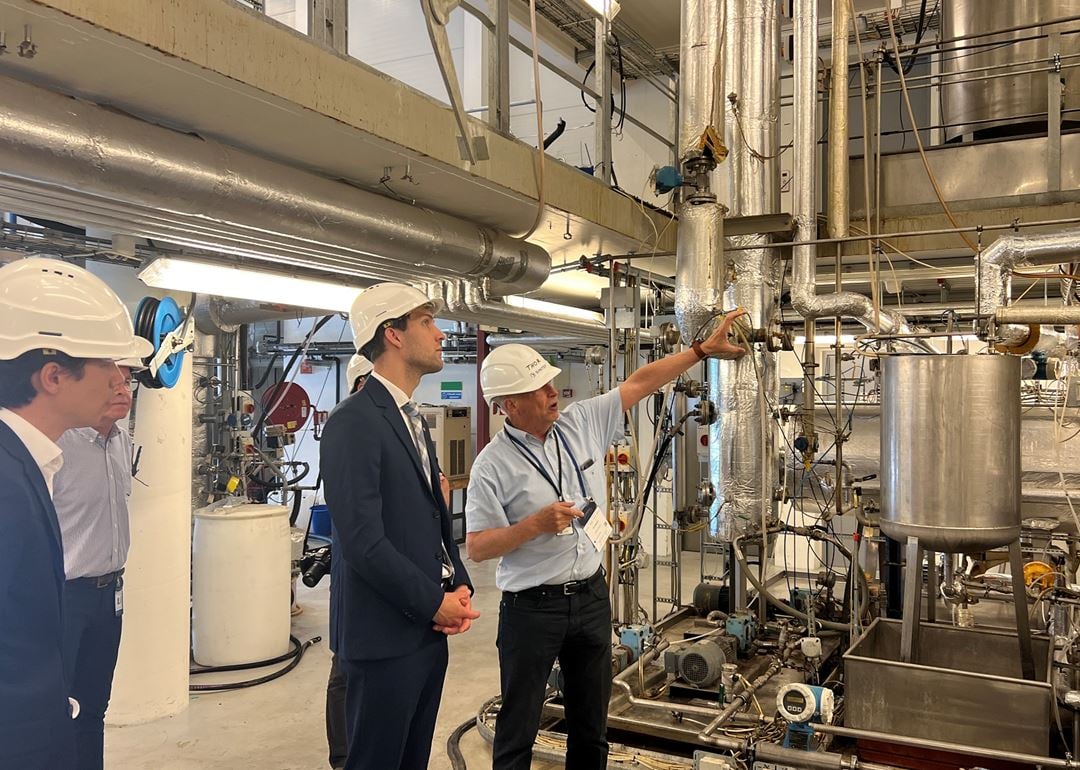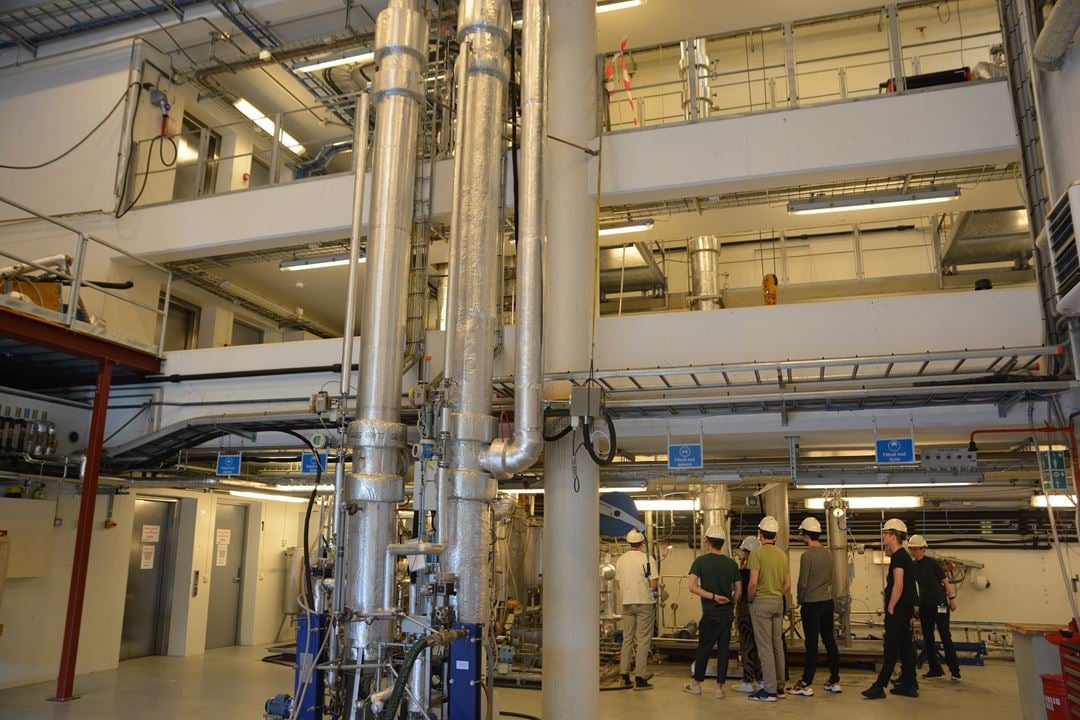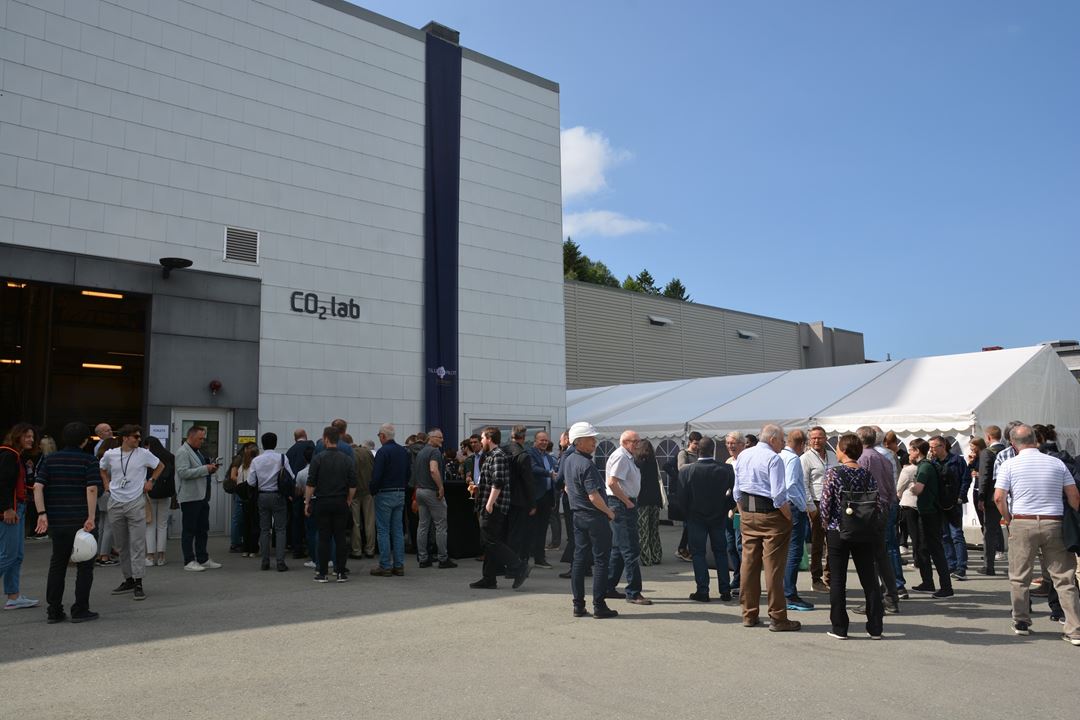To reach national and global climate targets, emissions must be reduced, and carbon capture and storage (CCS) is today the only way to decarbonise parts of the world's critical industrial sectors. Norway invest long-term in the development of technology for CCS, and testing and research under realistic conditions is an important part of developing and optimizing new technology.
- CO2 capture has been important in Norway since we started CO2 capture and storage at Sleipner, 27 years ago. As part of the restructuring of Norway, the Government's goal is to create jobs for the future and cut emissions, and CO2 capture and storage plays a key role in this, said State Secretary in the Ministry of Petroleum and Energy, Andreas Bjelland Eriksen.

From pilot to industrial use
At Tiller in Trondheim, research on CO2 capture has been carried out since 2010, and on Thursday 22 June 2023, a celebration of 100,000 hours of capture-research was held at the facility at Tiller.
SINTEF has, together with partners, worked with the entire value chain for CO2 capture for several decades, and in 2010 the pilot plant for CO2 capture at Tiller was ready, with the aim of conducting research and development in order to be able to use the technology industrially.
– The facility is built to provide direct insight into how the technology will work on an industrial scale. We can see how much CO2 is captured and the energy consumption associated with this. In this way, we can also identify problems and gain knowledge that is crucial for building CO2 capture plants on an industrial scale, says Eirik Falck da Silva, research manager at SINTEF.
– The pilot plant at Tiller, and the research and development carried out here, contribute to CCS being realized in specific projects for the Norwegian industry and for us to succeed with CCS. CO2 capture is also a very good example of an area where Norway can make a difference globally and contribute important expertise to reach the climate goals, said Andreas Bjelland Eriksen.
The pilot has also been central in the development of several capture technologies, such as Aker Carbon Capture's capture technology and the Cesar1 technology. In addition, we have played a role in the development of RTI's NAS technology and a supporting role in Shell's capture technology," says Eirik Falck da Silva.
County Mayor Tore O. Sandvik held the opening speech, where he emphasized the importance of capturing CO2 from industrial processes that make products we depend on in the green shift, and to make our modern society continue growing.




